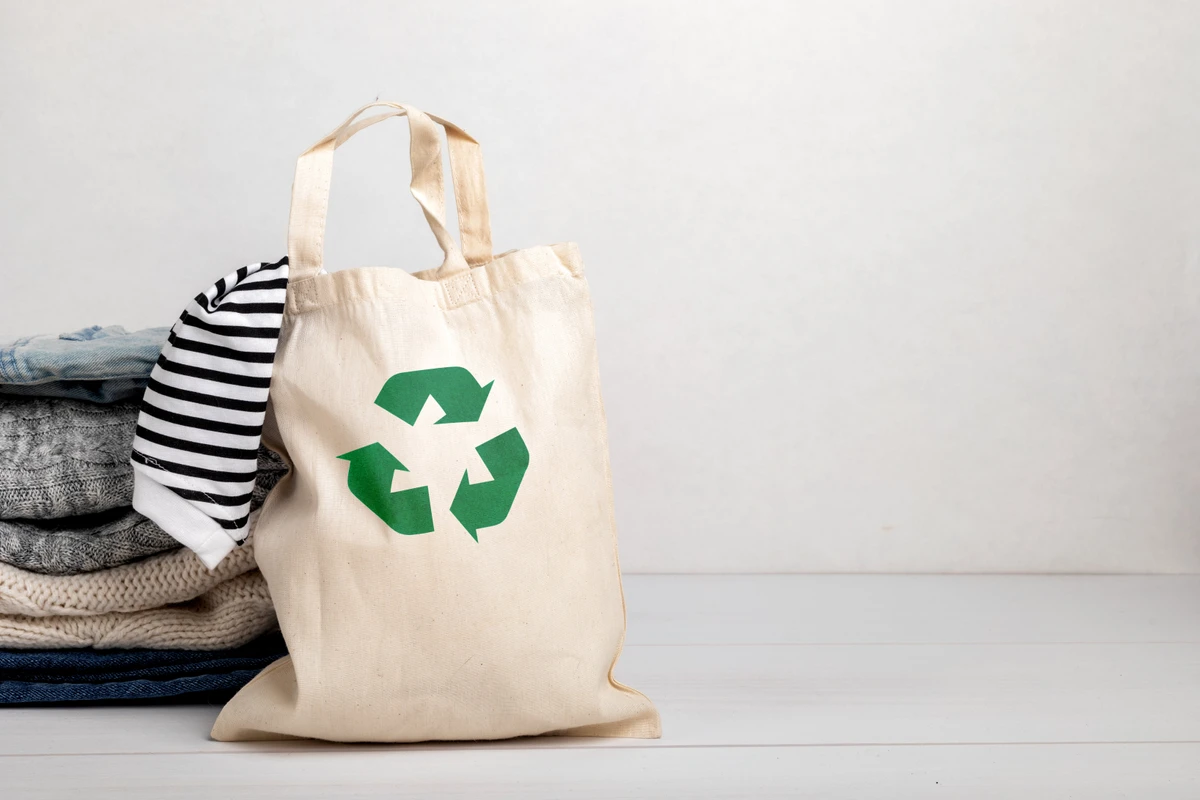Circular Fashion has gained lots of popularity in the past few years. In a short period of time, a term that appeared in the year 2014 has become a key sustainability concept in fashion industry. Circular Fashion System Commitment is the agenda of Global Fashion, and global brands like Nike, Adidas, and many more are all signed to it.
But why is every brand so much interested in circular fashion and what exactly does circular fashion mean?
In this article, we will be talking about:
- Circularity in Fashion
- Creating a Circular Fashion Industry
- Principles of Circular Fashion
- The Environmental Benefits
Circularity in Fashion

Sustainable development and circular economy are at the foundation of circular fashion.
Circular fashion is not limited to fashion, instead, it applies to a wider sense of products which include apparel, outdoor wear, sportswear, home textiles, and much more.
Circular fashion includes everything throughout the product's life cycle, from design and sourcing, to production, transportation, storage, marketing, and selling.
The ultimate goal of circular fashion is to eliminates pollution and waste. The products made in this industry are aimed to used for a longer time period.
Designed to Reduce Waste:
Mostly Linear models are the base of today’s economy. We all know that in a linear economy, the resources are extracted from nature, then transformed into products and then, in the end, get discarded if they are not in a usable condition. Very few of them are recycled and reused.
But the circular model is the exact opposite of this. In a circular model, the resources or the products are kept for longer use after extraction. The products are produced in such a way that they can be reused or recycled without yanking the new products.
Sustainable Production and Circular Fashion:
Not only be the opposite of linear model fashion, the best part about circular fashion is that the new materials are also recyclable and sustainable, when the product is no longer usable as a whole or as a part, or as a raw material. There is no harm to the environment when it is disposed of.
Wasteful and Polluting - Fashion Needs to Change:

In average, clothes having less than 1% of recycle rate, it is estimated that every person on this planet produces 13 kilograms of waste through the fashion industry.
Imagine dumping all the clothes and textiles in a landfill about the size of France.
Creating a Circular Fashion Industry:
There is no one-size-fits-all approach to circular fashion. Fashion needs to focus on the following three critical area to transit from a linear to circular model.
Designing for Sustainability and Circularity:
To design with sustainability and circularity in mind, the design should not only focus on the use of virgin raw materials, but also on the entire lifecycle of a product.
Design consideration should also include (but not limit to) selecting single fibers over blends, making hardware and trims easily removable for easily reuse, and using safe dyes and finishes.
Produce Fashion Sustainably:
Circular economy emphasizes the use of natural resources in fashion, restoring and regenerating raw materials rather than depleting them and causing pollution. The regenerated materials can be further used for power production.
Keep In Use & Efficient Recycle:
To keep products in use for longer and recycle them at the end of their lifecycle, the products should be designed to last AND reused, shared, rented or redesigned to add value.

Unfortunately, there are currently no efficient systems or facilities to handle the mass amount of collection, reprocessing, and recycling of fashion products.
However, new technologies are emerging for garment recycling, and in a forseeable future, wastes can be returned to nature more easily, quickly, and safely through biodegration and composting.
Principles of Circular Fashion:
Circular fashion is guided by, but not limit to, the following six key principles:
- Design with purpose, and keep sustainability and circularity in mind.
- Create durable products that has longer lifecycle.
- Ensure biodegradability. Products should be easily biodegradable at the end of their lifecycle.
- Ensure recyclability. Products should be recyclable to reduce waste and consumption of natural resources.
- Source materials locally to reduce the carbon footprint from transportation and support local economy.
- Avoid toxic substances that harm the environment and human health.
Environmental Benefits of Circular Fashion?
Circular fashion offers several environmental benefits, including:
Reduce Waste in Landfills:
The items that are manufactured in the circular fashion industry can be reused and recycled, which cause less environmental impact.
Reduce the Use of New Materials:
The circular fashion industry reduce the need for new materials by reusing and recycling materials.
Green Energy & Reduced Pollution:
Many circular fashion brands partner with transportation and production companies that use renewable energy sources like solar or wind power, promoting green energy and reducing pollution.
Also Read: What is Fashion Technology?
Wrapping It All Up!!
In conclusion, circular fashion aims at a sustainable approach to minimize waste and reduce the impact on the environment. As circular fashion has already gained traction, it is expected that the industry can become more environmentally friendly.
Embracing circular fashion is not only beneficial for the planet, but also for human health, and can also lead to economic opportunities and improved social outcomes.
If you find this article helpful let us know in the comment section.

